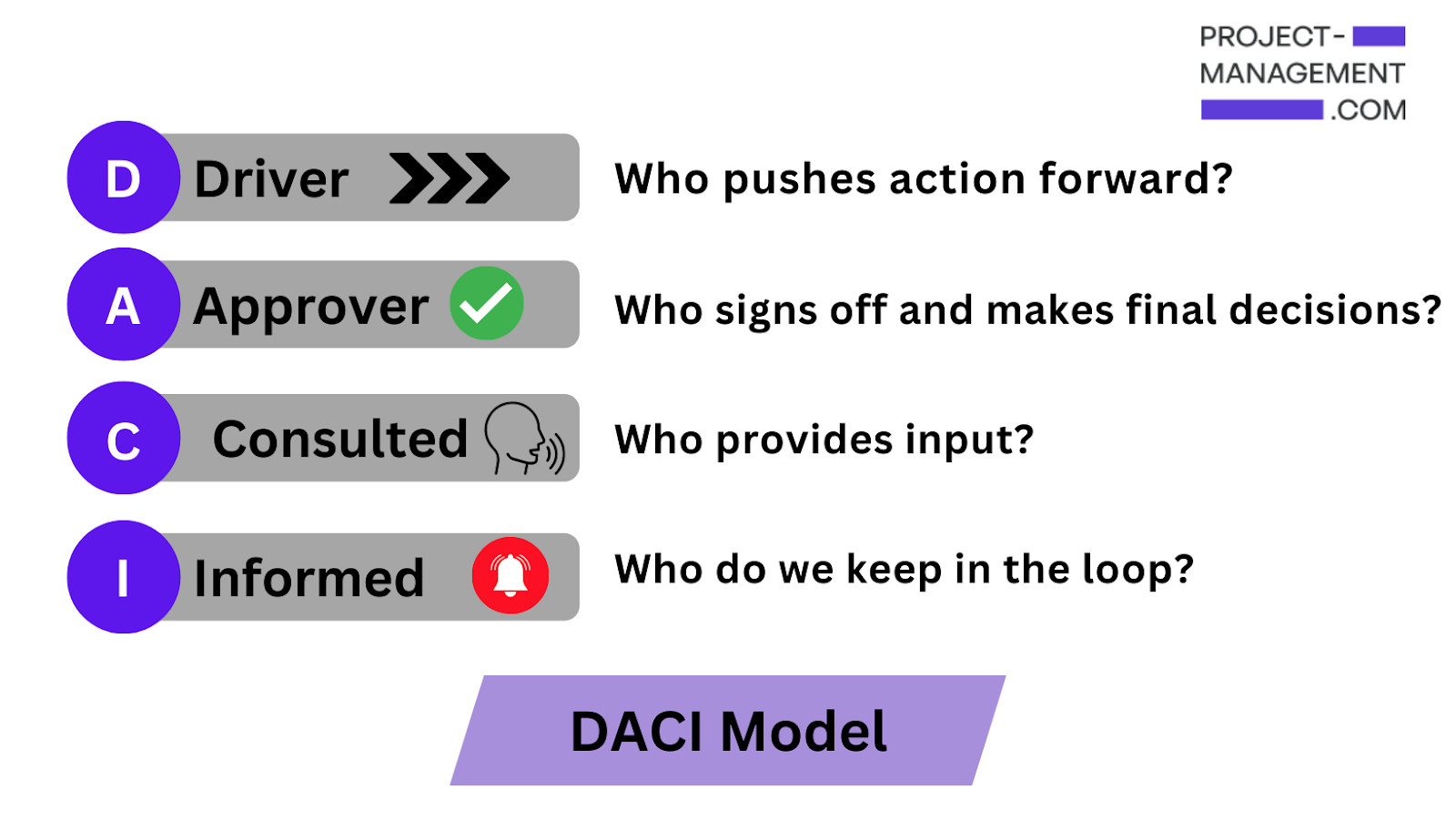 The Digital Age may have helped to erase national boundaries but arguably it has brought cultural boundaries into even sharper relief, as people can now interact so much more directly and easily.
For project managers this brings additional challenges. The traditional linear project management model of conception, definition and planning, initiation, performance and control and completion now has a key additional dimension that needs managing, cross-cultural communication.
The differences in viewpoint and approach between cultures are what make good multi-cultural teams so valuable. The combination of different viewpoints often leads to new, innovative solutions. They are also a recipe for confusion and frustration if not carefully managed.
Cross-cultural project management requires a clear understanding of the different ways that people communicate and the steps that can be taken to minimize the inevitable miscommunications that this will bring.
Where two people speak the same language there is huge potential for misunderstandings. As Churchill famously said, “The UK and America are two countries separated by a common language. “.
The potential for misunderstandings and miscommunication increases exponentially where one or more of the participants isn’t working in their first language so lets look at how we can avoid it.
The Digital Age may have helped to erase national boundaries but arguably it has brought cultural boundaries into even sharper relief, as people can now interact so much more directly and easily.
For project managers this brings additional challenges. The traditional linear project management model of conception, definition and planning, initiation, performance and control and completion now has a key additional dimension that needs managing, cross-cultural communication.
The differences in viewpoint and approach between cultures are what make good multi-cultural teams so valuable. The combination of different viewpoints often leads to new, innovative solutions. They are also a recipe for confusion and frustration if not carefully managed.
Cross-cultural project management requires a clear understanding of the different ways that people communicate and the steps that can be taken to minimize the inevitable miscommunications that this will bring.
Where two people speak the same language there is huge potential for misunderstandings. As Churchill famously said, “The UK and America are two countries separated by a common language. “.
The potential for misunderstandings and miscommunication increases exponentially where one or more of the participants isn’t working in their first language so lets look at how we can avoid it.
4 minutes
How to Avoid Cross-Cultural Project Management Challenges
Share this Article:
Our content and product recommendations are editorially independent. We may make money when you click links to our partners. Learn more in our Editorial & Advertising Policy.
 The Digital Age may have helped to erase national boundaries but arguably it has brought cultural boundaries into even sharper relief, as people can now interact so much more directly and easily.
For project managers this brings additional challenges. The traditional linear project management model of conception, definition and planning, initiation, performance and control and completion now has a key additional dimension that needs managing, cross-cultural communication.
The differences in viewpoint and approach between cultures are what make good multi-cultural teams so valuable. The combination of different viewpoints often leads to new, innovative solutions. They are also a recipe for confusion and frustration if not carefully managed.
Cross-cultural project management requires a clear understanding of the different ways that people communicate and the steps that can be taken to minimize the inevitable miscommunications that this will bring.
Where two people speak the same language there is huge potential for misunderstandings. As Churchill famously said, “The UK and America are two countries separated by a common language. “.
The potential for misunderstandings and miscommunication increases exponentially where one or more of the participants isn’t working in their first language so lets look at how we can avoid it.
The Digital Age may have helped to erase national boundaries but arguably it has brought cultural boundaries into even sharper relief, as people can now interact so much more directly and easily.
For project managers this brings additional challenges. The traditional linear project management model of conception, definition and planning, initiation, performance and control and completion now has a key additional dimension that needs managing, cross-cultural communication.
The differences in viewpoint and approach between cultures are what make good multi-cultural teams so valuable. The combination of different viewpoints often leads to new, innovative solutions. They are also a recipe for confusion and frustration if not carefully managed.
Cross-cultural project management requires a clear understanding of the different ways that people communicate and the steps that can be taken to minimize the inevitable miscommunications that this will bring.
Where two people speak the same language there is huge potential for misunderstandings. As Churchill famously said, “The UK and America are two countries separated by a common language. “.
The potential for misunderstandings and miscommunication increases exponentially where one or more of the participants isn’t working in their first language so lets look at how we can avoid it.
Sign up for our emails and be the first to see helpful how-tos, insider tips & tricks, and a collection of templates & tools. Subscribe Now
Featured Partners





